Safari season brings with it a barrage of curated trips around mighty beasts. But India is also home to mini wonders that make for great photography subjects
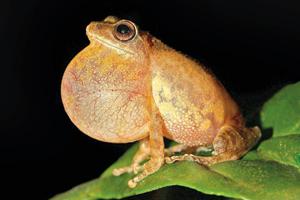
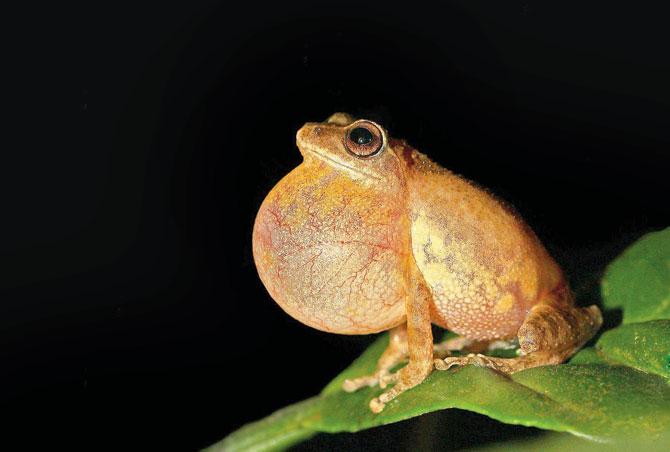
Raorchestes charius, Coorg
ADVERTISEMENT
Looking for new subjects to shoot? Try dropping to the ground. That's where you will find the best true-life models for macro photography, suggests wildlife photographer Dr Caesar Sengupta. "Macro photography, which is producing larger than life images of small objects, is oriented around reptiles, amphibians and insects. While some insects and amphibians can be found in our backyards, reptiles aren't that common in an urban set-up," says Dr Sengupta.
He says the best times to shoot are before, during and immediately after the monsoon. "That's the time reptiles and amphibians come out. India has two biological hotspots - the Western Ghats, and the sub and eastern Himalayan region," says the expert, adding that, the quality of output from a dedicated macro lens cannot be compared to that achieved with a regular lens. Here's your guide to clicking small wonders.
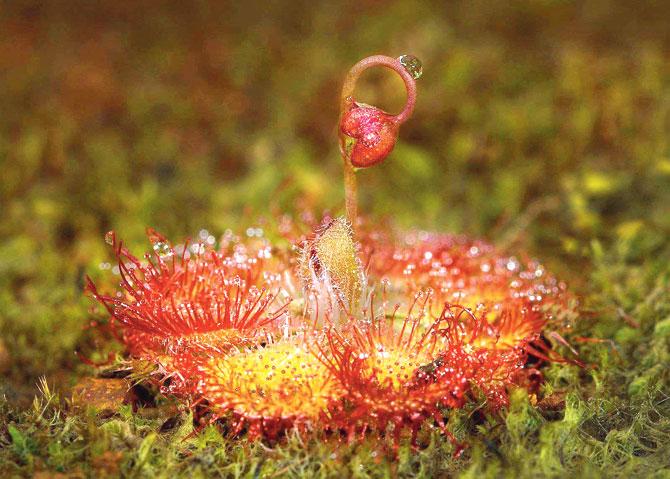
Insectivorous plant, Kaas plateau
The macro checklist
* Take care of your gear and yourself in the rains, where the forest floor can be treacherous. Carry high ankle shoes or
gumboots.
* Macro photography is mostly done in low-light conditions - in the evening or at night. You need to have an external flash; organisms won't be bothered by it as their retina is not the same as ours.
* There are no venomous frogs in India, but you need to be careful with insects as they may bite or cause allergies. Personal protection is always important when entering a jungle. For reptiles, you need to know your subject well. You must know the striking distance of the reptile. It helps to travel with a biological or field expert.
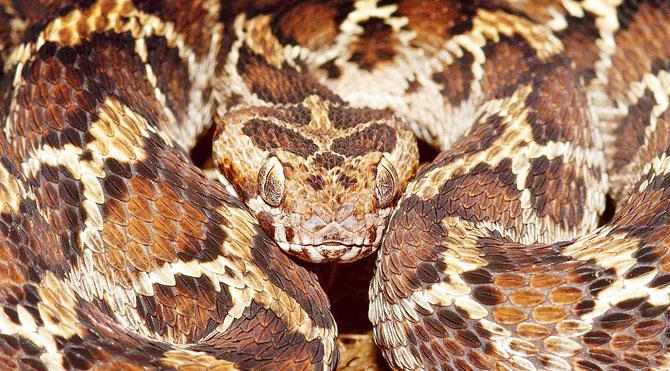
Saw scaled viper, Bhagwan Mahaveer Wildlife Sanctuary, Goa. Pics Courtesy/Dr Caesar Sengupta
Top spots for hot shots
* Agumbe Rainforest Research Station in Karnataka is famous for king cobras and other species of reptiles and frogs. While the cobras aren't easily sighted, you can get permission to be a part of a rescue operation when the reptile has strayed into human territory. Dandeli and Coorg in Karnataka are also great spots.
* Bhagwan Mahaveer Wildlife Sanctuary in Goa is famous for various snakes such as Indian rock python, Russell's viper, as well as butterflies.
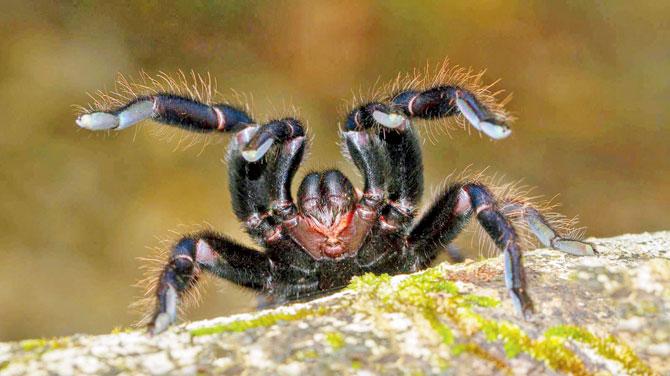
Indian Violet Tarantula, Goa
* Matheran is great for spotting green vine snakes, bamboo pit vipers, tarantulas and frogs.
* Within Mumbai, head to Sanjay Gandhi National Park (including Yeoor in Thane) and Maharashtra Nature Park in Mahim. Phansad, Bhimashankar and Amboli are must-visits, too. From September to October, head to Kaas plateau in Maharashtra to photograph insects and flowers.
* Thar desert is home to the Keeled rock, Sind sand, Persian micro and other geckos.
 Subscribe today by clicking the link and stay updated with the latest news!" Click here!
Subscribe today by clicking the link and stay updated with the latest news!" Click here!






